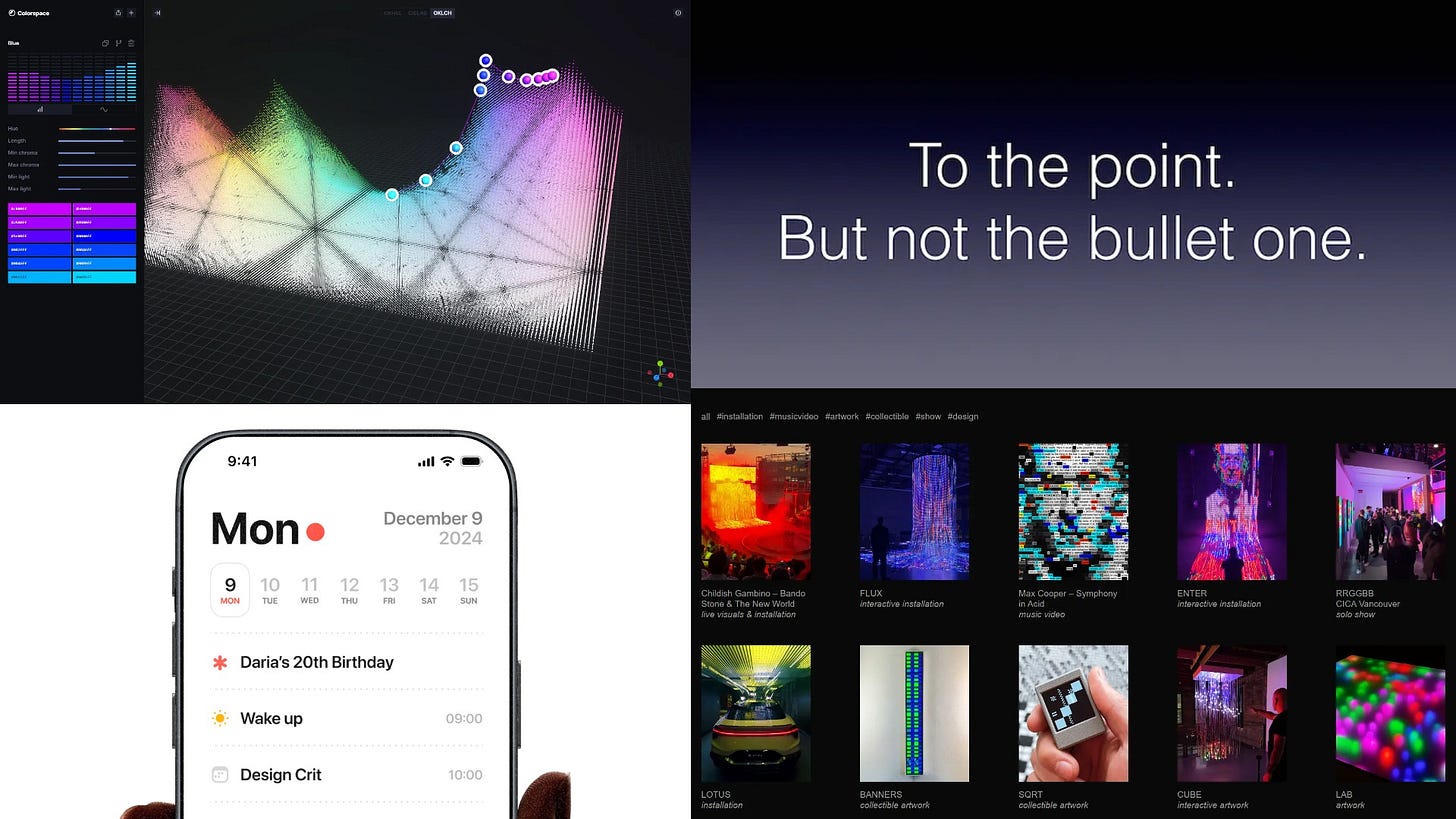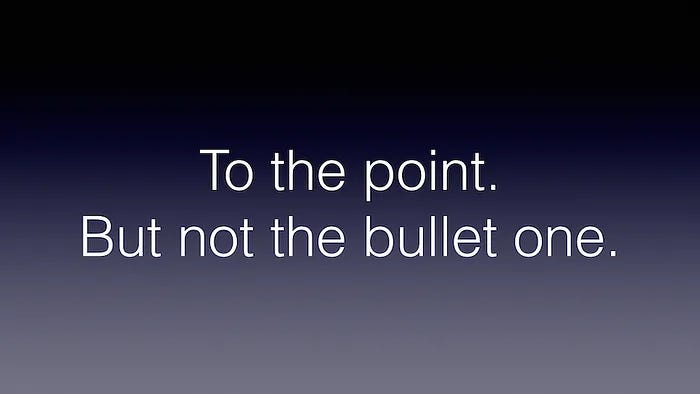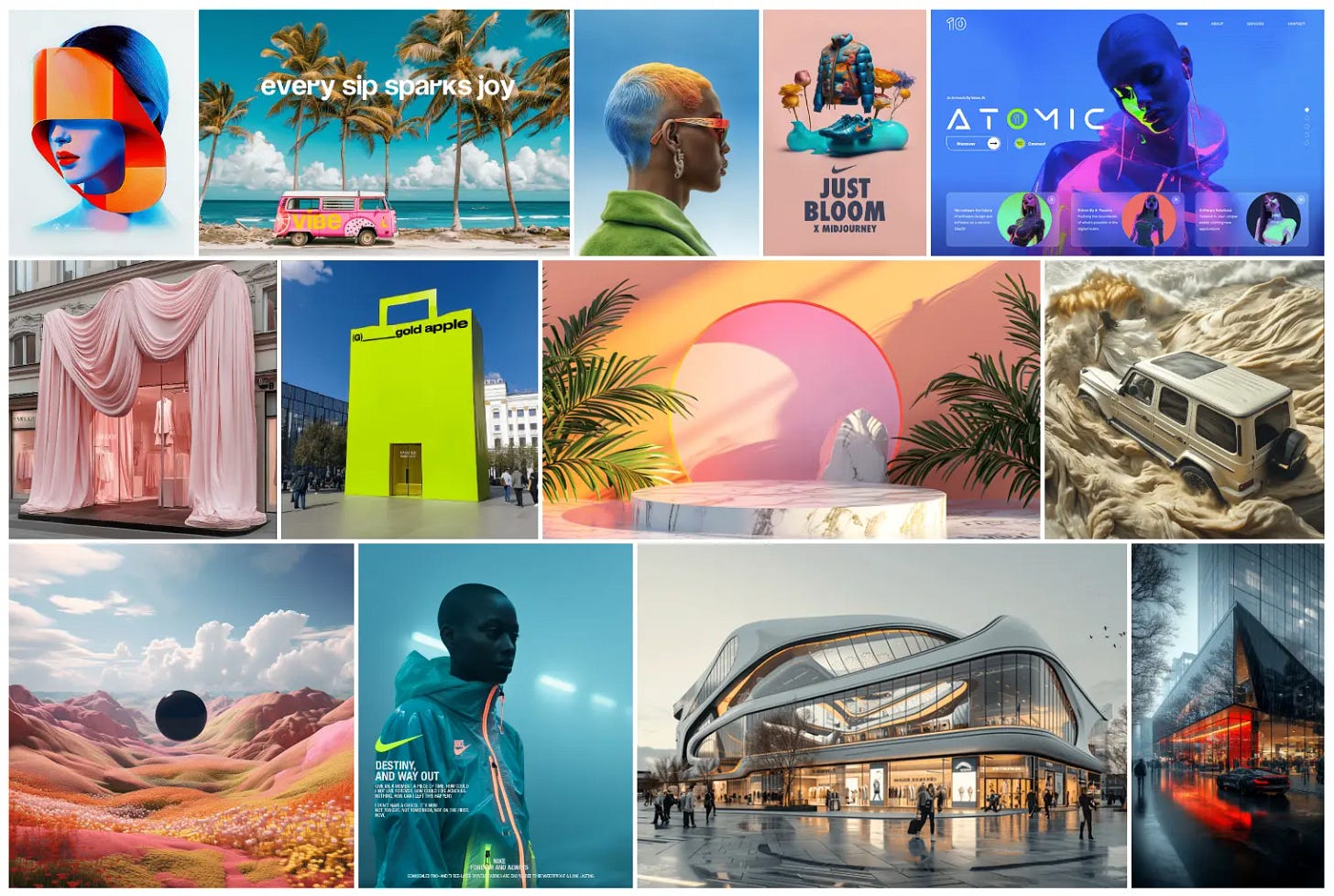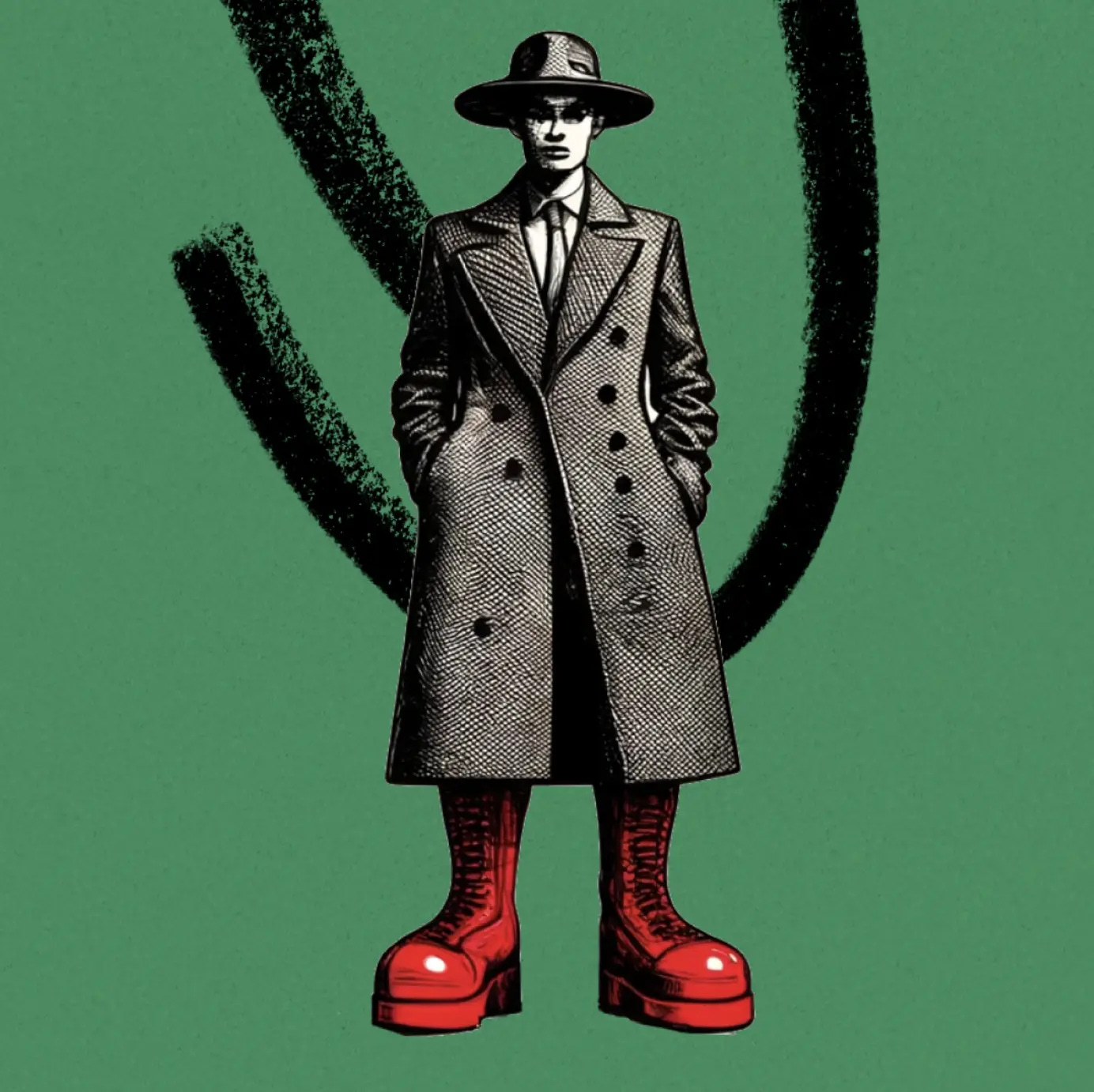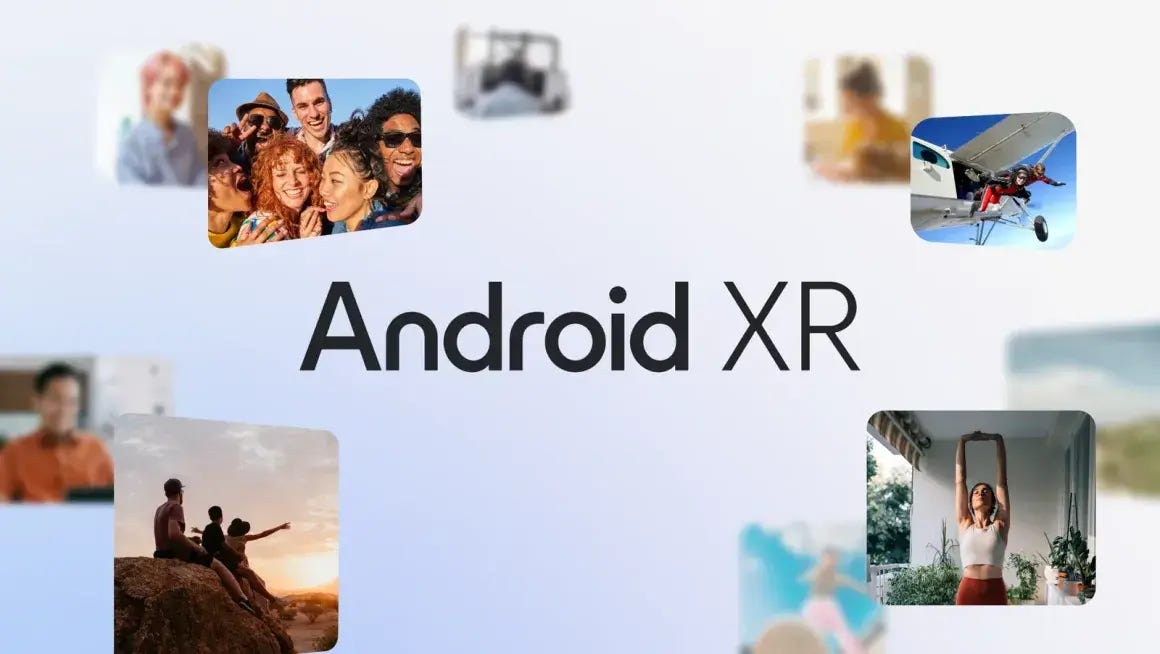Issue 132
Big Red Boot
Hello, dear readers! 👋
In this issue, among other things:
A selection of forecasts for design trends in 2025
What is the secret of Apple presentations? Practical advice
What is the secret of MSCHF's success and philosophy?
A new fascinating longrid by Bartosz Ciechanowski about the Moon
The official OpenAI Mini Course on promts for o1
Free open-source AI search engine
A web-based tool for downloading fonts from websites
Conceptual branding of a film festival
…and much more!
Enjoy reading!
🗞 News and articles
This is how we make slides at Apple
PJ Camillieri, who has worked in Apple product marketing for 10 years, shared the secrets of creating presentations in the company.
He explained how Apple's standards, based on the legendary presentations of Steve Jobs, shape the approach to creating slides today. In the article, he gave five key tips that will help make presentations more understandable and effective. They were published back in 2019, but they are still relevant today.
5 tips:
Determine how your presentation will be used.: as a support for a speech or as a separate document that people will study on their own. This is of fundamental importance, because these options are not interchangeable.
Stick to the "one idea— one slide" principle so as not to overload the audience. It's better to make 20 easy and understandable slides than 10 complex and overloaded
ones. Avoid using lists, instead look for visual ways to present information.
Use a font size of at least 30 points.
Use animation only to support the narrative.
Trends 2025
Traditionally, forecasts for design trends in animation, branding, interfaces and other niches have been released since the beginning of the year. Here are the ones that we considered worthy of your attention.:
Evan Armstrong wrote a detailed article about MSCHF, which embodies bold and creative ideas into commercially successful products. Their approach to business is based on a unique sense of taste, which they successfully scale by creating very unusual viral items — from edible candies in the form of AirPods to perfume with the scent of WD-40 or an anime-style tax application. One of their most famous products is the Big Red Boot.
Evan tried to understand the company's philosophy, its internal processes, the reasons for success and potential advantages over competitors in the era of generative content. Along the way, he sorted out several projects.
A few details:
MSCHF's approach to business is to make company growth a part of the creative process, not just a goal.
MSCHF relies on a unique sense of taste as a key competitive advantage in an oversaturated market.
The team consists of 34 people, most of whom are generalists with no experience in the production of physical goods.
The team pays special attention to ensuring that each product is not only commercially successful, but also reflects their artistic vision. Some products may be produced at a loss, but for a media effect
The processes within the company are strictly debugged, and the employees do not look like creative lunatics.
Artists cannot indicate personal authorship in projects, but thanks to this they receive the company's resources and the opportunity to boldly create on its behalf.
The selection of ideas takes place in simple Google tables, where all the proposed concepts are thrown off. After six months, they come back to them and choose the best and time-tested ones.
⚡️ Briefly
Google has unveiled Android XR, an operating system for headsets and mixed reality glasses.
Keep reading with a 7-day free trial
Subscribe to bezier.design to keep reading this post and get 7 days of free access to the full post archives.



